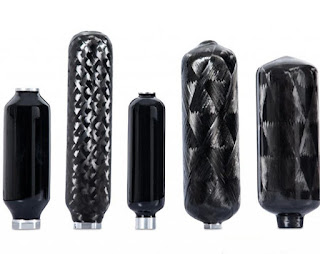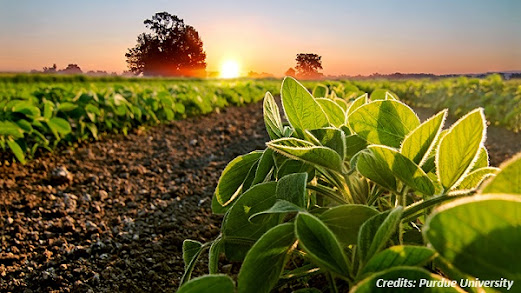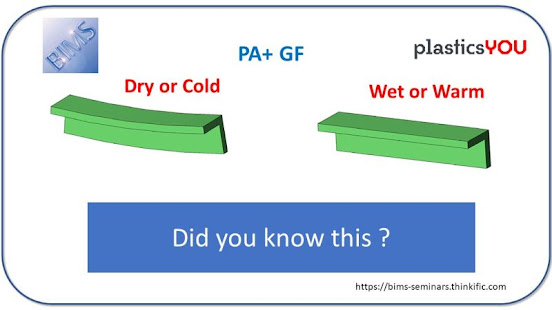TYPE 4 Composite CNG/H2 PROJECT REPORT

TYPE 4 COMPOSITE CNG/H2 TANK PROJECT REPORT is available on a competitive pricing-Moving Toward a user friendly and a safer environment. This report has covered the following topics: ■An overview landscape of the market ■Global Natural Gas Vehicles (NGVs) market ■ Latest technological advancements in Type 3/4 COMPOSITE CNG Cylinder market ■ Merger & Acquisition ■ Major players share ■ Investment structure ■ Standards ■ costing and certification ■ Automotive Type 4 CNG/H2 Composite cylinder market in India and the rest of the world ■ Bulk transportation Type 4 CNG Composite cylinder market in India and the rest of the world ■ Swot analysis ■ The durability of the Type 4 Composite CNG cylinder ■ Initial Project cost to set up CNG/H2 manufacturing line ■ Strategic Model followed by the KEY PLAYERS ■ Economic efficiency & safety, ■ The Future Trends in Composite CNG/HYDROGEN Cylinder market Interested companies/Professionals do write to me at rosaram211@gmail.com to get more info



